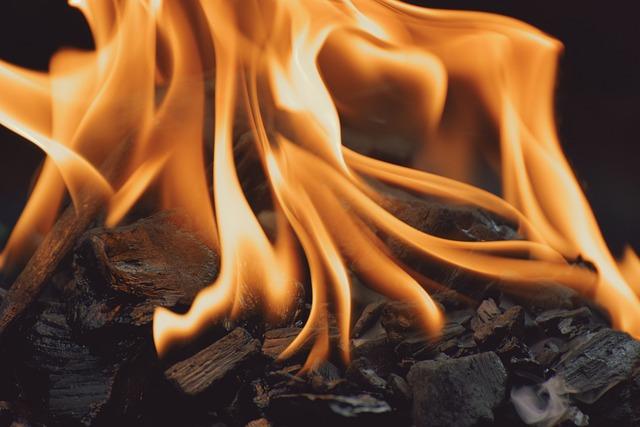In the heart-pounding world of action films, where adrenaline meets artistry, the magic often lies not just in the stunts or special effects, but in the seamless editing that stitches these moments together. Behind every breathtaking chase and gravity-defying leap is an editor’s meticulous craft, transforming raw footage into a symphony of tension and exhilaration. This article delves into the hidden secrets of editing in action cinema, unraveling the techniques that keep audiences on the edge of their seats and exploring how these unsung heroes shape the pulse of every blockbuster. Join us as we uncover the artistry that turns chaos into cinematic coherence.
Mastering the Art of Continuity in High-Octane Scenes
In the whirlwind of action films, ensuring fluidity and coherence is an art form that requires meticulous attention to detail. Continuity is the backbone of believability, keeping the audience immersed without jarring distractions. Key techniques involve maintaining consistent lighting and color grading across shots, which helps in stitching together sequences that might have been filmed weeks apart.
- Shot Matching: Careful planning ensures that angles, movements, and props remain consistent across cuts.
- Action Overlap: Slight overlaps in action between shots can create a seamless transition, allowing viewers to focus on the intensity rather than inconsistencies.
- Sound Design: Utilizing sound bridges and ambient audio can mask visual cuts, providing a smoother experience.
Editors often work closely with directors and cinematographers to ensure that every frame aligns with the film’s dynamic rhythm. By employing these strategies, filmmakers craft scenes that captivate and engage, leaving audiences on the edge of their seats.
Harnessing the Power of Invisible Cuts for Fluid Storytelling
Invisible cuts are the unsung heroes of action films, creating an illusion of continuous motion while maintaining the narrative flow. These edits cleverly mask transitions, allowing viewers to remain engrossed in the action without the distraction of obvious cuts. Filmmakers employ various techniques to achieve this seamless effect:
- Match Cuts: Aligning the action between scenes, so movements appear uninterrupted.
- Whip Pans: Rapid camera movements that blur transitions, creating a natural segue between shots.
- Digital Effects: Using CGI to blend separate takes into one cohesive sequence.
By meticulously planning and executing these techniques, editors ensure that each scene flows effortlessly into the next, enhancing the immersive experience. This artistry not only keeps the audience engaged but also reinforces the intensity and pace that action films are celebrated for.

Syncing Sound and Motion for Maximum Impact
- Precision Timing: In the realm of action films, the synchronization of sound and motion is a meticulous art. Editors leverage the rhythm of the scene to align the timing of each sound effect with corresponding visual actions. This harmony transforms a simple punch or explosion into an immersive experience, drawing the audience into the intensity of the moment.
- Dynamic Soundscapes: Crafting a dynamic soundscape involves layering various audio elements to enhance the motion on screen. From the subtle rustle of clothing to the booming impact of a car crash, each sound is carefully chosen and positioned to elevate the visual narrative. By doing so, editors create a seamless blend where the audience feels every movement, making the action not just seen, but felt.

Balancing Pace and Clarity in Rapid-Fire Sequences
When crafting high-octane scenes, editors face the delicate task of maintaining both speed and understanding. A fast-paced sequence can electrify audiences, but it risks becoming chaotic if clarity is sacrificed. To achieve this balance, editors often rely on a few key techniques:
- Rhythmic Cutting: The rhythm of cuts must sync with the action’s intensity. By aligning edits with movements, such as punches or explosions, editors create a seamless flow that keeps viewers engaged without losing the storyline.
- Focus on Key Visuals: Even in the midst of rapid edits, certain frames need emphasis. Highlighting a pivotal punch or a significant glance ensures the audience grasps crucial narrative elements.
- Layered Sound Design: Sound bridges can aid in transitions between shots, smoothing out the visual chaos and guiding viewers through the scene with audio cues.
Mastering these techniques allows editors to deliver exhilarating sequences that are both thrilling and comprehensible, ensuring audiences remain on the edge of their seats without losing the thread of the story.

